
Corita Kent—known as Sister Mary Corita until her departure from religious servitude in 1968—is one of the great unsung trailblazers of pop art. As chair of the arts department at Immaculate Heart College in Los Angeles, Sister Mary Corita’s approach to arts pedagogy touched Saul Bass, Alfred Hitchcock, Buckminster Fuller, Charles and Ray Eames, and John Cage (whom she quotes in her famous “10 Rules for Students,” below). Her work is known for its political content and explicitly anti-war messaging, but there’s more to her artistic legacy than her identity as a radical nun.
Although her most public pieces are a really bad stamp and a giant natural gas tank of the same ilk, they pale in comparison to her larger body of work—primarily serigraphs (multi-colored screen prints). She used bright shades, thick lines, deconstructed advertising design and erratic typography. She often including literary quotes or her own poetry in scrawl, producing elegant political messaging without heavy-handedness, sanctimony or literalism. The work is bold, triumphant and sometimes spiritual, but never preachy.
Corita Kent died of cancer in 1986 in Boston, where she relocated after leaving the order. She would have been 96 today. I highly recommend you give her classroom rules below a look, and check out the short 1967 documentary, We Have No Art, at the end of the post for her brilliant insight into the creative process.
RULE ONE: Find a place you trust, and then try trusting it for awhile.
RULE TWO: General duties of a student — pull everything out of your teacher; pull everything out of your fellow students.
RULE THREE: General duties of a teacher — pull everything out of your students.
RULE FOUR: Consider everything an experiment.
RULE FIVE: Be self-disciplined — this means finding someone wise or smart and choosing to follow them. To be disciplined is to follow in a good way. To be self-disciplined is to follow in a better way.
RULE SIX: Nothing is a mistake. There’s no win and no fail, there’s only make.
RULE SEVEN: The only rule is work. If you work it will lead to something. It’s the people who do all of the work all of the time who eventually catch on to things.
RULE EIGHT: Don’t try to create and analyze at the same time. They’re different processes.
RULE NINE: Be happy whenever you can manage it. Enjoy yourself. It’s lighter than you think.
RULE TEN: “We’re breaking all the rules. Even our own rules. And how do we do that? By leaving plenty of room for X quantities.” (John Cage)
HINTS: Always be around. Come or go to everything. Always go to classes. Read anything you can get your hands on. Look at movies carefully, often. Save everything — it might come in handy later.

“Come Alive,” 1967.
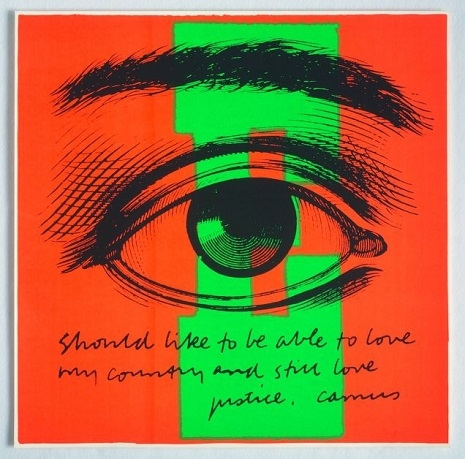
From the “Circus Alphabet” series, 1968. Kent made multiple prints of this particular Camus quote.
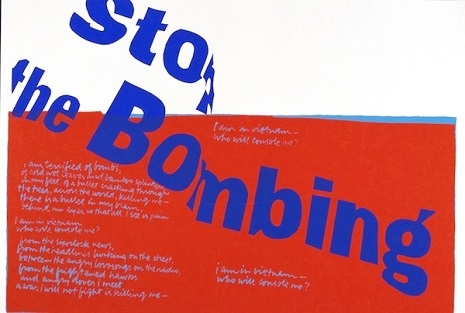
“Stop the Bombing,” 1967.

“Things Go Better With,” 1967.
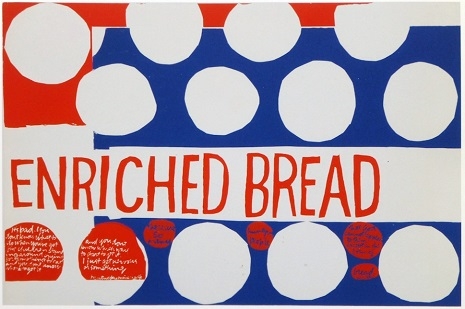
“That They May Have Life,” 1964
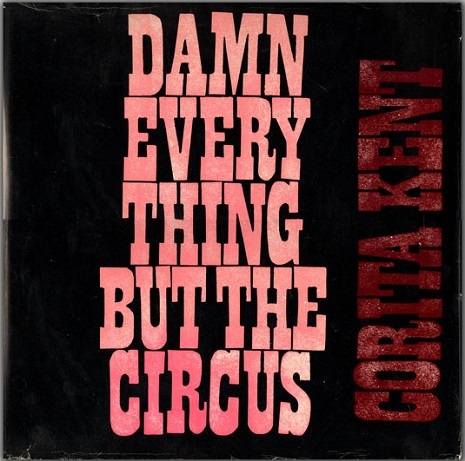
Cover of Kent’s 1970 book. ‘Damn Everything But The Circus’, an e.e. cummings quote.

“Angel,” 1956, one of Kent’s lesser known, non-typographic screenprints.

“Highly Prized”, 1967. A quote from Lorraine Hansberry, ‘I care. I care about it all. It takes too much energy not to care…The why of why we are here is an intrigue for adolescents; the how is what must command the living. Which is why I have lately become an insurgent again.’

“As Witness to the Light,” 1964.
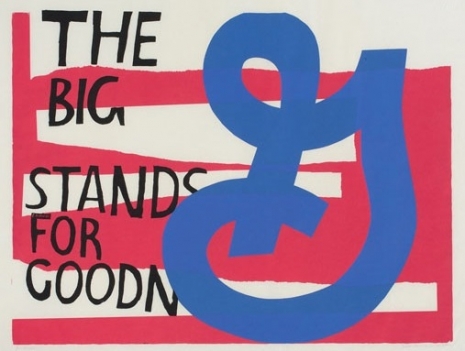
“For Eleanor,” 1964.
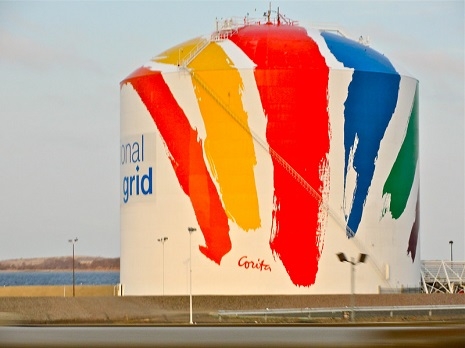
The “Rainbow Swash” 1971. At 140 feet tall, it’s the largest copyrighted piece of art in the world. Just outside of Boston, it’s seen from the road by commuters coming to the city.